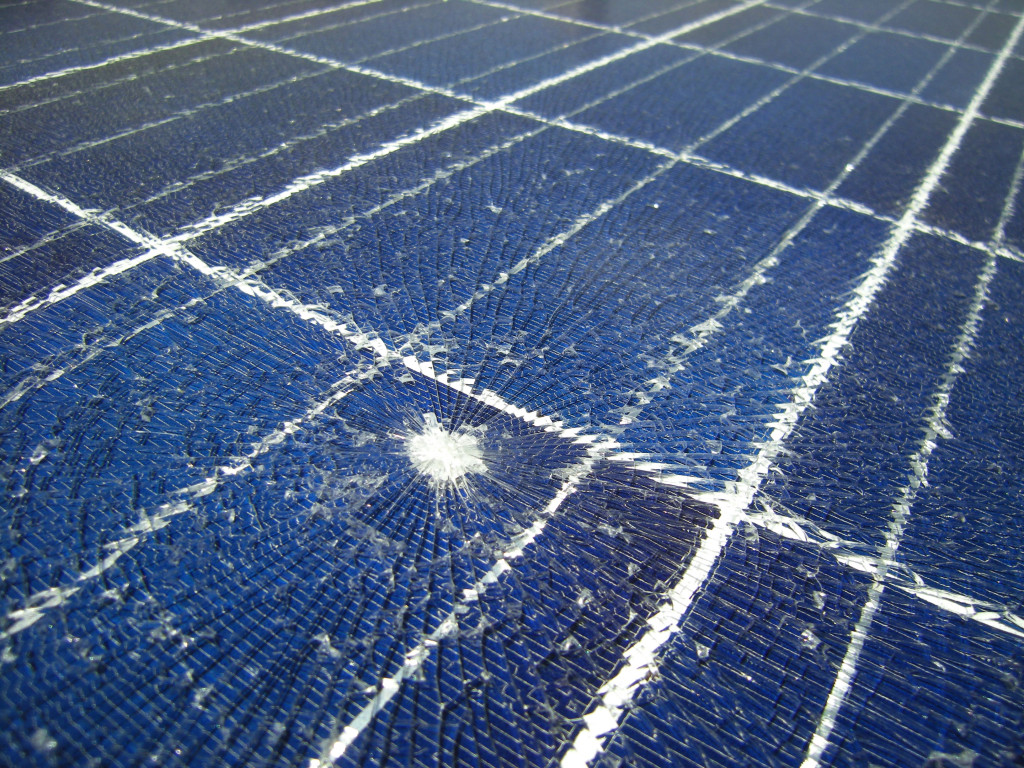From Servers to routers, switches, applications, and so on. A data centre is a place aimed at storing all data, processing it, and sharing it. They are home to the most crucial information of an organization.
Data centres are used by big industries which utilize a ton of data. Electoral bodies, Government institutions, and all the big tech companies like social media companies all use data centres.
Through the advancement of technology, data centres have been made to require less space than originally. Thereby leading to less carbon footprint from these centres, but that’s not the only way to get the best out of your data centre.
Here are some ways you can save more energy in your data centre:
-
Unnecessary IT Devices Should be Switched Off
Nearly 30 to 40 per cent of the maximum power is consumed by a typical x86 server even when it’s producing no work at all. This is also a similar case with other IT appliances which consume massive amounts of power even when they are not in use.
For this reason, it makes a huge difference when the unused equipment is disconnected, and a lot of power is preserved in the process. So, identify the pieces of equipment that are consuming extra energy and turn them off to combat this energy wastage problem.
-
Use Data Centre UPS Management
Unlimited Power Supply (UPS) as the name suggests is a sure way to have your power running even when there is no power. It is however also quite beneficial for a bunch of other reasons to data centres.
The UPS protects electronic devices which are delicate in the entire facility. As said earlier, they can make sure the data centres are up and running even when there is a power interruption.
The best part is it does all this without increasing the carbon footprint for the data centre. So, it is highly recommended that you use effective data centre UPS management to save energy.

-
Watch Your Power Consumption and Management
It is very important to monitor your power utilization, this lets you know how much power is excessively used and unnecessary.
This should even be the first step in going green. It is only when you know how much energy you consume that you can know what methods are most appropriate to implement
-
Use the Power Saving Mode on the Centre Processing Unit
It’s in the name, if you want to save power then simply turn on the power saving mode on the CPU. This characteristic is common among the latest types of data centres.
However, it is best to use this when the CPU doesn’t frequently run on maximum power. If only a normal amount of power is used, then this feature should be used.
-
Use the Air Conditioning
The AC unit of the computer rooms is sadly underutilized. Yes, we may use it to feel cool but it can also save you a lot of money spent on utility cooling bills. The AC should be placed close to the places which get hot the most in the computers- the hot aisles.
You can also follow these practices to reduce the cooling costs; get a more consistent air temperature by using hot/cold aisle enclosures. Use Plexiglas panels inside the aisle so that the air from both the aisles doesn’t mix.
-
Analyze the Energy Consumption of Your Data Centre
The data centre managers should keep a track of few energy-saving practices to maintain and improve the efficiency of their IT equipment. There are several ways to get the most out of your data centre and become more environmentally friendly.
It is very important to analyze how much energy is being consumed for the production of every unit of production. This can be calculated by keeping track of the data center’s electricity budget. Monitor how much budget goes to the IT systems and support systems.
Calculate the efficiency of the data centre by dividing the total IT output by total IT input. This will give you a clear idea of which factors are contributing to the efficiency and which factors need improvement.
According to the Natural Resources Defense Council (NRDC), data centres are estimated to use up to 3% of total worldwide power output. This explains why it is so necessary to know the ways by which there can be less energy consumption from the data centres.
The costs in utility bill alone that come from these centres is enough to make the industries consider more energy-saving options but the carbon footprint which these data units leave is even more of a reason.
